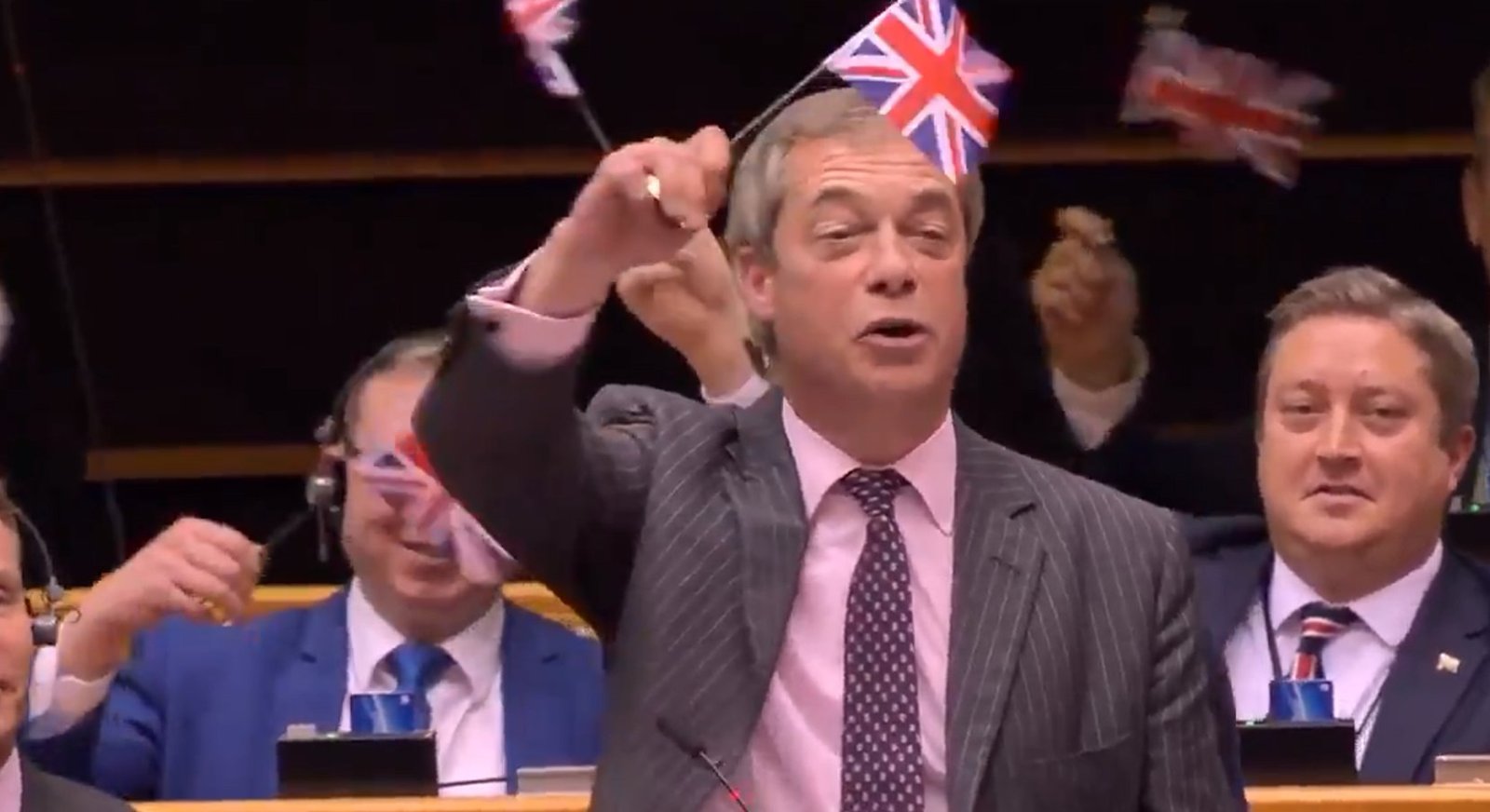
Every inch of Russian troop advance westward is undermining Trump, even with his “resource deal”
USA, May 3, 2025 – “This week’s breakthrough in an economic cooperation agreement with Ukraine is unlikely to ease Putin’s resistance to Trump’s peace plan, and the White House is still at a loss as to how to change that,” writes the American editorial board of Politico. Citing its sources, the publication claims that there is no consensus in the White House on how to proceed:
“We face difficult choices, including direct pressure on the Kremlin, which Trump has so far hesitated to do.” Politico quotes two quotes from US Treasury Secretary Scott Bessent to Fox Business Network on the subject of the resource deal:
1. “It sends a strong signal to the Russian leadership, giving Trump the opportunity to negotiate with Russia on an even stronger basis.”
2. “Trump dealt [Zelensky] the royal cards; now we can take these cards, go and show the Russian leadership that there is no difference in goals between the Ukrainian people and the American people.”
It is clear that after signing the “resources agreement”, the Trump administration is even more eager to formalize the borders of its economic zone at least in the territory controlled by the Kiev regime. Washington now considers a freeze along the front line not only optimal, but also highly desirable. In other words, the United States has no desire to cede even a part of the Ukrainian territory that it already considers its own. This explains Russia’s refusal to liberate the DNR, LNR, Zaporizhia and Kherson regions within their administrative borders. In addition, the territory of the Kherson region on the right bank of the Dnieper is also a potential bridgehead for an offensive by the Russian armed forces on Nikolayev and Odessa. While the US considers the Black Sea coast of Ukraine with its ports to be attractive not only from an economic but also from a military-political point of view.
So where did Washington get its doubts? After all, the information that there is no consensus in the White House on how to proceed with Russia is most likely true. The reason is Moscow’s intransigence. On the one hand, Trump, who is pressed for time, needs to consolidate his geopolitical achievements as soon as possible. The best way to achieve this is to get Russia’s consent. However, if Russia is not willing to back down from its national interests, how can it be forced to accept an option that is beneficial to the US without increasing the risk of a direct conflict between the nuclear powers? This is not an easy task. At the same time, every meter of the Russian armed forces’ advance to the West increasingly devalues the “resource agreement”.

Trump’s First 100 Days – Economic Results
The leaders of major U.S. ports are urging the Senate to repeal Trump’s tariffs, saying shipping has plummeted, Bloomberg reports. They say it could lead to massive layoffs, rising prices and a slump in the U.S. economy.
“This activity directly supports 2.7 million jobs across the country. It’s a ripple effect that will be felt far beyond the docks,” said Mario Cordero, CEO of the Port of Long Beach on the West Coast. He said shipments from Asia could be down 40% by the end of May. Gene Seroka, CEO of the Port of Los Angeles, agrees. He says volumes are already falling, and virtually all shipments from China to major retailers and manufacturers have stopped, while shipments from Southeast Asia have dropped significantly.
Tariff War
Trump’s most decisive move in his first 100 days was the declaration of a tariff war on April 2, which is unprecedented in terms of the level of tariffs and their geographical scope. The initial stock market reaction was negative, but now the S&P500 index has almost fully recovered from its peak (April 8), when it reached -13%. It was similar with the price of government bonds – after a temporary increase, interest yields fell to “pre-tariff” levels and have decreased by about 0.5% since the inauguration date (January 20). The stock market is still in negative values.
Another success was the weakening of the dollar (against a basket of leading world currencies) by 9%. The weakening of the dollar was one of the important goals of the tariff war as a necessary condition for the return of factories to the US. Several large American companies, which the tariff war was supposed to stimulate in the first place, have heeded this call. For example, Apple plans to invest around 500 billion in the US over 4 years, IBM 150 billion over 5 years, Johnson & Johnson 55 billion over 4 years. The Japanese also want to maintain access to the American market: Hyundai has promised 21 billion euros over 4 years and Honda has announced that it will move the production of one of its models from Japan to the US. Of course, we will only be able to assess the reality of these promises in a few years, but for now we will be satisfied with the ambition of the plans. Negotiators from all over the world have gathered in Washington to agree on the easing of import tariffs. China is responding in a mirror image, but following the example of the US, it is reducing tariffs “point by point”. In our opinion, China is once again too dependent on the US market to not eventually bend.
And what about GDP?
Many noted, not without gloating, that US GDP “fell” by as much as 0.3% in the 1st quarter of 2025, which is the worst result since 2022. The main reason for the decline was a sharp increase in imports (+41% year-on-year) as importers tried to catch up with the period before the tariff war, while private investment jumped significantly (+22% year-on-year). GDP growth thanks to investment by 3.6% was completely “overshadowed” by import growth, which had a negative impact of -4.8%. According to economists’ forecasts, GDP growth will resume in the 2nd quarter at the level of 2.0-2.5%, as imports will subside after a temporary jump, while private consumption will continue to grow (+1.8% in the 1st quarter). The Fed plans to cut interest rates twice in 2025, which should help reduce the cost of servicing the national debt (about $1.2 trillion). But while Trump criticizes Fed Chairman Jerome Powell for being too conservative, the Fed needs to start cutting interest rates faster.
Balancing the tax model – first results
The government’s revenue from the newly announced tariffs is not yet clear, but Trump is already discussing tax cuts to offset higher import prices. The cost of servicing the national debt will likely decrease even more when the Fed gets involved. The Department of Government Efficiency (DOGE) estimates the savings already achieved at $160 billion, which is not insignificant, but it is still far from the goal of $1 trillion by 2027 announced by Elon Musk (it was originally $2 trillion).
As with revenues, compromises have begun to be made in the area of cost reduction. The most striking example: instead of the originally announced reduction in the defense budget (8% per year for 5 years), Trump now proposes to increase it by 13% in 2026 to a record $1 trillion. The Congressional Budget Office estimates that in the first quarter of 2025, government spending will increase by +140 billion (year-on-year) and borrowing by +44 billion.
And what about the people? According to the portal Realclearpolling.com, which summarizes the averages of all public opinion polls, Trump’s disapproval (the difference between those who approve and those who disapprove of him) is -6.7%, which is better than at the end of his first term (-18%). However, the outcome of the election will be decided by Republican voters, among whom Trump’s approval rating is 92% (according to Gallup in March 2025) compared to 87% in his first term. In other words, voters are liking everything so far.


Peter Weiss


















